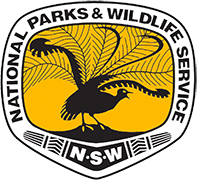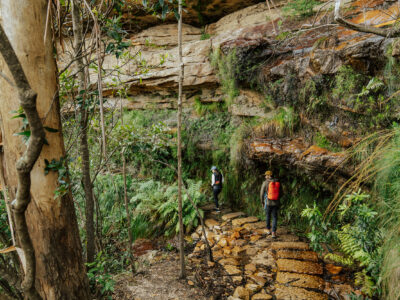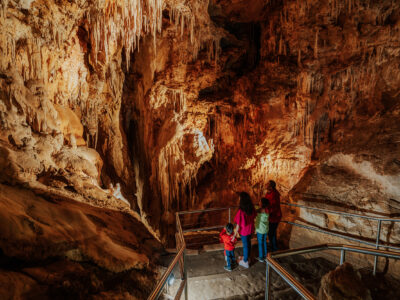Living a life on the road is a dream for many and the #VanLife movement doesn’t help to calm the romantic within. But we can’t all chuck our lives into a van and disappear. Or can we? Welcome to the #CarCamping movement.
You don’t always have to hike to find an excellent campsite, NSW is packed with incredible locations you can camp in your car. You won’t even have to leave your creature comforts behind, and you might even find a spot to yourself!
So, here’s a list of all the whys and hows of car camping.
-
Any Car Will Do
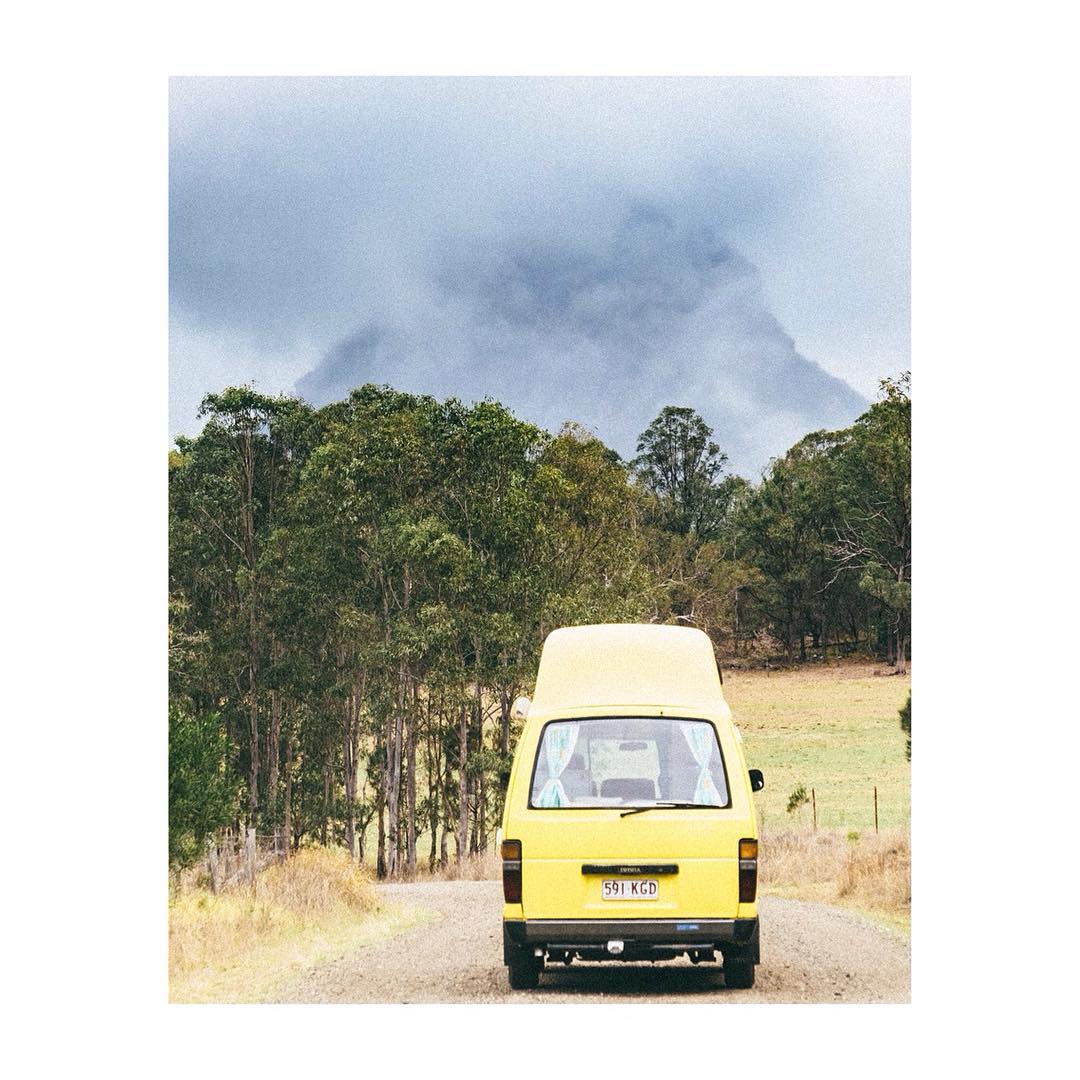 Photo Information
Photo InformationInstagram @bumblearound
You don’t need a Kombi with tie-dye seat covers and a big “peace” sign on the spare tyre to start car camping. If it works and is road legal (including emergency flat tyre gear) you’re ready to go. Most spots are two-wheel drive accessible but keep on top of the latest alerts, as dirt roads and two-wheel power don’t mix. If you’re new to this or have a tiny car, bring a tent as a backup option.
Pro-tip: When you’re close to nature, you’re exposed to the elements. Sounds obvious we know, but be prepared with some tips to know your weather better.
-
Tell me, where did you sleep last night?
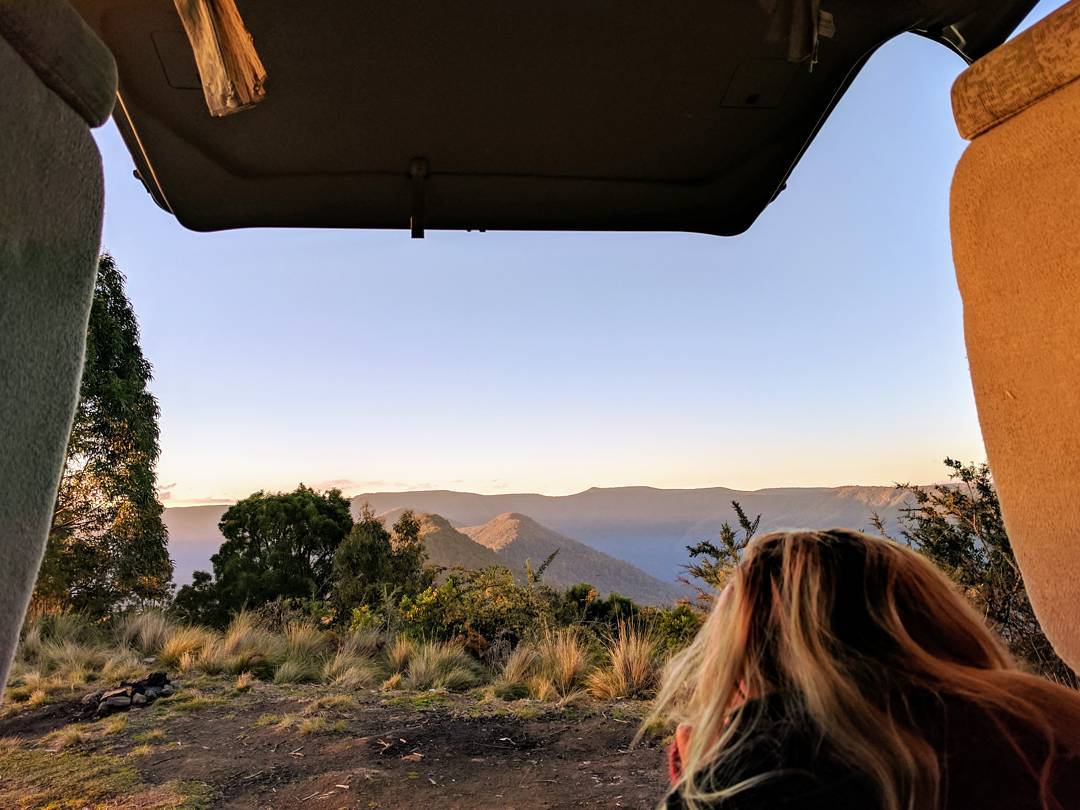 Photo Information
Photo InformationInstagram @mynameiskyell
You can really cover some kilometres on the open road, but you don’t want to drive more than you have to. Plan out which national parks you’re heading to and book ahead; you’ll save the crew the stress of being turned away at arrival. In the scheme of things nature’s a pretty chilled hotel.
-
Keep it Simple
When driving to a campsite instead of hauling a backpack, it can be tempting to stuff the car with anything that’s within reach. But you’ll have a much better time if you limit yourself to a single board game or book, plan your meals so that you’re not packing the whole kitchen and ditch your urban outfits in favour of some practical, outdoor-appropriate clothing. Don’t forget that Leave No Trace is a mantra for the modern outdoor enthusiast.
-
You don’t need Everest for a Base Camp
 Photo Information
Photo InformationThis media is licensed for worldwide and perpetual use by the NSW National Parks and Wildlife Service only and licensing is not permitted to be transferred, given or sold
to any third party. Any variation from this must be negotiated and agreed upon in writing by both Production Company and the NSW National Parks and Wildlife Service.Brushy Mountain Campground
Werrikimbe National Park
Rob Mulally / DPE (2018)
While the phrase “base camp” might conjure up images of misty Himalayan peaks and snow-dug tents, in reality it’s any camp that you use as a base. Crazy right?
With your base camp set up you can then explore the surrounding trails in the area with just a daypack filled with essentials. So leave the bulk behind and enjoy whatever tickles your fancy.
Pro tip: If you’re all heading away from base camp you can lock your valuables out of sight in your car, but if you can’t afford to lose them better chuck them in your backpack!
-
Cleanliness is next to organisation-ness
A little bit of organisation goes a long way when you’re car camping. Essentials like rubbish bags so that you can leave no trace, a scourer for your dirty pans, some paper towel, and toilet paper, add up to keep your car smelling more fresh-eucalyptus and less fresh-landfill.
Sturdy reusable plastic containers are a good way to protect your food from cheeky wildlife looking for some fresh carbs. Feeding wild animals can promote scavenging behaviour; if you let them eat your weird human food they might get sick or go off the rails completely and start harassing visitors. Help keep wildlife wild #dontfeedit and keep your snacks to yourself no matter how cute they look.
-
Don’t forget the esky!
It’s a no-brainer, keep your drinks cold, your cheese and choccie solid and your meat safe with a portable cooler or fridge.
Eskies are definitely something that sits at the bottom of your packing list when hiking, so bring them along on your next car adventure and you’ll take your camping game to entirely new levels.
Pro tip: Camp near the beach at Pebbly Beach campground and you’ll be able to carry the esky down to the sand for a picnic or dinner!
-
Pack more water than you need
Clean drinking water is never a guarantee so it’s best to have your own supply. Assume you’ll drink three litres each day, more if you’ll be very active or it’s a scorcher. Don’t forget that cooking and cleaning will dig into your supplies.
Keep it safe
Having a carefree weekend living out of your car, you might be tempted to throw caution to the wind and take a few risks. But there’s nothing carefree or relaxing about accidentally setting off a bushfire or having your tent crushed under a fallen branch. Check out these safety tips, pack a first aid kit, and if you have to ask if it’s a good idea, it probably isn’t.
